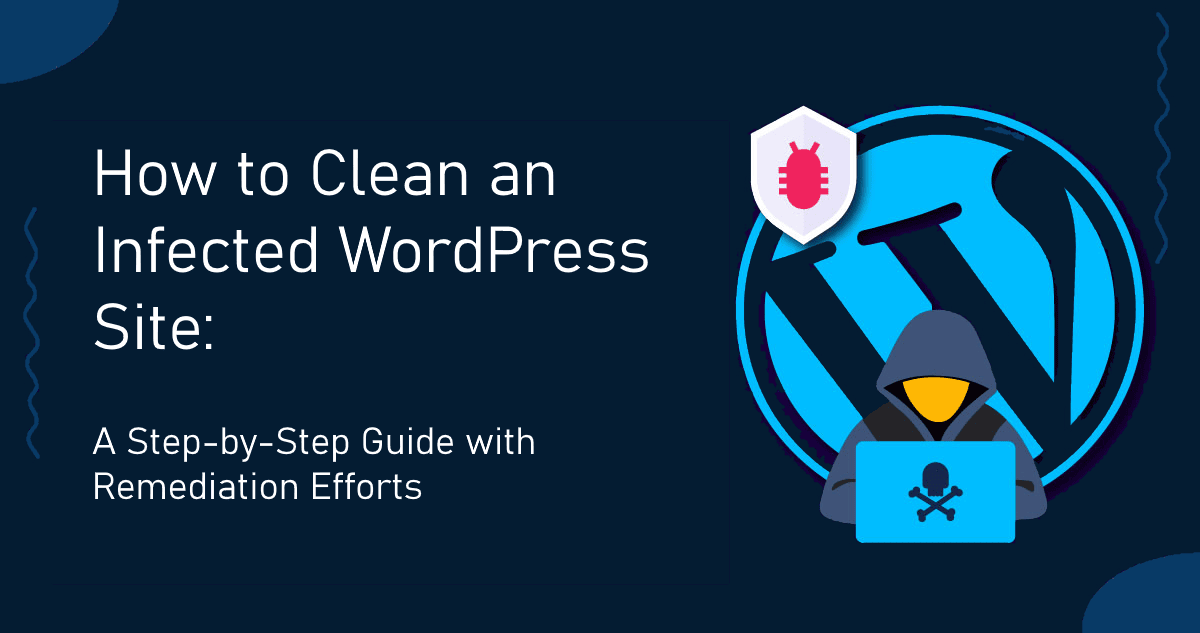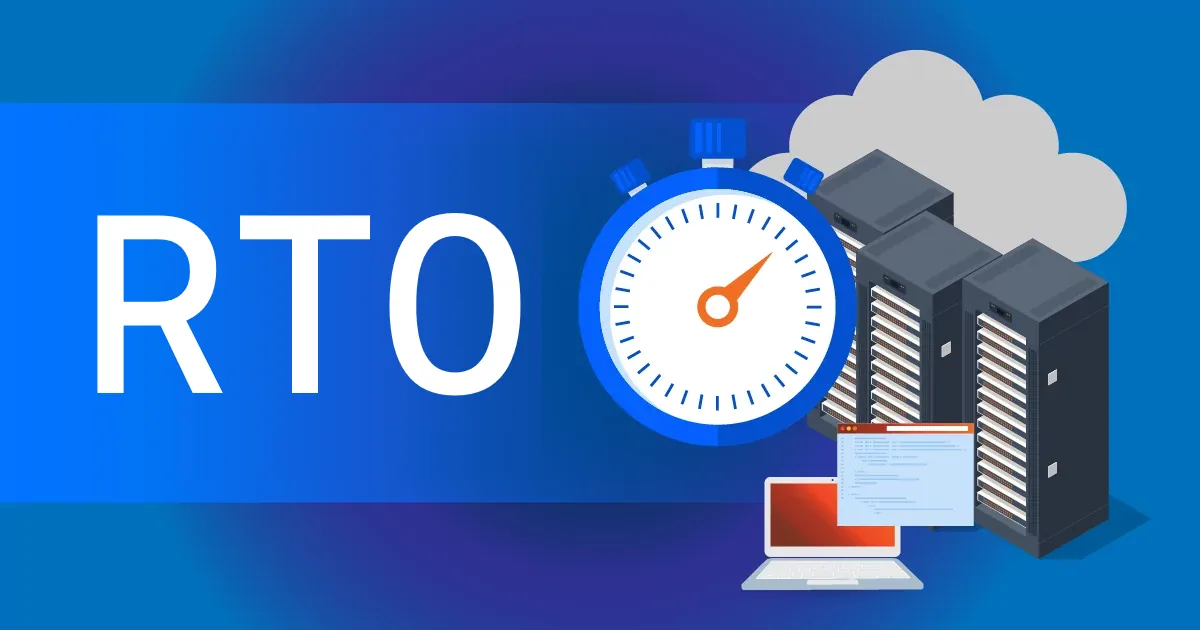Microsoft Exchange Server is a business product designed to send, receive and store email messages developed by Microsoft. The performance and security of the exchange server are the 2 deciding factors when determining whether the exchange server is sufficient to be used in a business. However, the inclusion of new features can also be convenient for users to improve the functionality of the exchange server. A business can gain considerable advantage by using an exchange server as will be observed in this article.
Exchange Server Features
To improve the overall product and further enhance the functionality of the exchange server, extra features are desired by clients. High availability features make sure that, even in case of outages, the service is still maintained to the clients in some way or another. As a result, the product can still work in less ideal conditions such as a weak internet connection, making the exchange server more robust. Microsoft has its own Exchange Server 2019 which has a couple of features itself such as providing support for up to 256 GB of memory and 48 CPU Cores. Another feature is the presence of dynamic memory cache allocation to improve database memory usage. Microsoft Exchange Server 2019 also offers some features regarding meetings including the prevention of users forwarding meeting invitations to other users and if the user leaves, any meetings planned with this user are automatically canceled. Out-of-office options are also given to the client.
Exchange Server Administrators
Any business which is considering implementing an exchange server must employ an exchange server administrator. This administrator is responsible for setting up and managing the exchange server. Setting up the exchange server involves creating the user accounts, that will have access to the exchange server, and also the creation of secure mailboxes which are backed up just in case any issues arise. Any complaints made by employees of the business will be picked up by the administrator and he/she would be tasked to solve the problems. Day-to-day monitoring and maintenance of the exchange server are also 2 very important tasks assigned to the administrator. However, the monitoring of this product can be made much easier thanks to Netumo uptime monitoring.
Netumo facilitates monitoring
The monitoring of exchange servers is very important to prevent any issues from going unnoticed. These issues could range from database issues to backup not working as it should. Thus, Exchange Server Administrators should strongly consider using Netumo to improve the monitoring of the product. It is very easy to use. In fact, the administrator would only need to create an account and add a monitor to start monitoring the exchange server. To add a monitor, the administrator should enter the details of the exchange server which the company is using. Finally, the administrator must set up how to receive notifications such as using Email, Slack, Microsoft Teams, Telegram or Twitter. The Exchange Server Administrator does not have to constantly check that the product is working fine because he/she will receive a notification when something goes wrong with the exchange server.
Additionally one can also monitor different services from an exchange server such as Exchange Web Services (EWS), Exchange AutoDiscovery, and even newer Microsoft Exchange REST APIs.
In Conclusion
A Microsoft Exchange Server can prove to be very useful for any business. However, to extract all of its potential, an Exchange Server Administrator has to be hired who has to oversee the exchange server to make sure that it is running smoothly. Netumo can prove to be a very useful tool for the administrator to automatically monitor the exchange server. Using Netumo, no issue will ever go unnoticed and the employees would enjoy a smooth-running experience using the exchange server.
Does your company have an Exchange Server? Put your mind at rest with Netumo. Get a free account on www.netumo.com to monitor your Microsoft Exchange Server for free.



